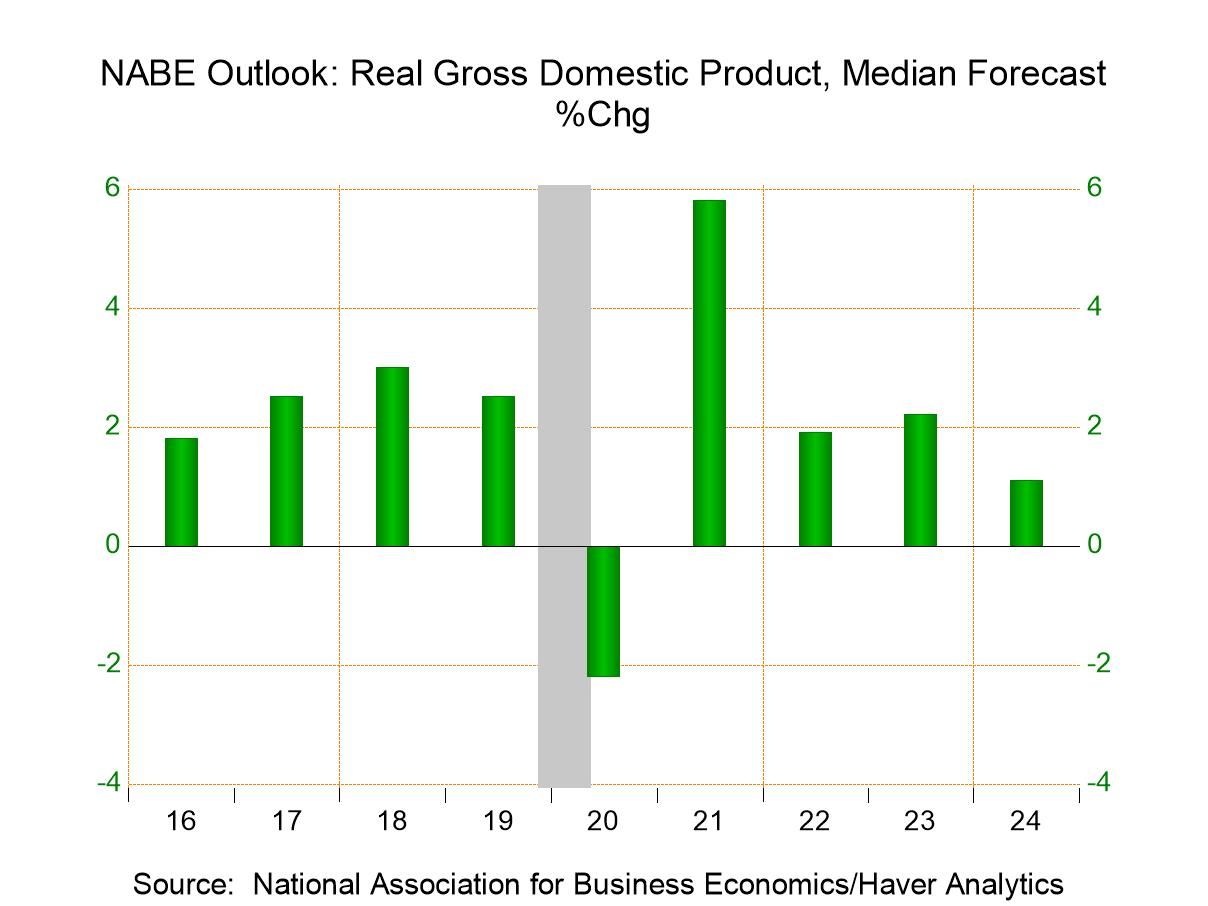Industrial production in the United Kingdom fell in August, dropping for the second month in a row. Manufacturing industrial production fell by 0.8% in August after falling by 1.3% in July. However, sequential growth rates over 12 months, six months and three months show expansion on each of those horizons, although without a clear tendency for growth to accelerate or to decelerate. In the quarter-to-date, industrial production is rising at a 0.5% annual rate with two months of data in place. The U.K. economy has generally struggled in the post-COVID period. Which also coincides with a post Brexit. Industrial production and manufacturing are down 3.9% in August 2023 compared with level on January 2020 before COVID struck.
Not only did headline growth rates fall in July and August, but sector growth rates also fell in both July and August. Sector growth rates fell in each one of the major sectors: consumer durables, consumer nondurables, intermediate goods, and capital goods. The largest decline was in consumer durables where output fell 2.5% in August after falling 3.7% in July; capital goods output fell by 1.4% in August after falling by 0.7% in July.
Sequential growth rates show gathering downward momentum for consumer durables where output falls by 4.8% over 12 months, then falls at 6.6% annual rate over six months and then accelerates to a 15.9% annual rate drop over three months. Consumer nondurables output, however, takes the opposite tact, rising by 4.5% over 12 months accelerating to a 5.3% gain over six months, and then accelerating to an 8.1% annual rate over three months. The consumer sector is caught between two completely opposite trends. Intermediate goods output shows some repair underway as output falls by 3.6% over 12 months; that decline is reduced to a -2.2% pace over six months and then output logs a 1.4% increase over three months. For capital goods, there's no trend apparent except that output increases on all three horizons advancing by 7.6% over 12 months and then slowing to a 2.3% annual rate over three months with a slight speed-up in between.
Quarter-to-date sector output trends are not uniform, which is not surprising after looking at the sequential trends. Consumer durables are falling at a 13.1% annual rate while consumer nondurables are expanding at a 6.3% annual rate; intermediate goods output is falling at a 2.9% annual rate while capital goods output is rising at a 1.2% annual rate- all in all, it’s a pretty mixed performance.
The table also produces some industry-specific data. The most interesting thing in the industry data is the weak performance of utilities output in the U.K. This is attributed to a substantial transition to energy saving devices, particularly electricity. The output of electricity, gas and water utilities is lower by 42.6% from January 2020. Overall manufacturing output is down by only 3.9% on this same timeline. This is an incredible difference; much of this owes to to the transition to energy-saving devices, particularly electrical devices. Over the same period, mining & quarrying output is down relatively sharply as well, while the three other listed industries in the table show increases ranging from a 3.9% gain in motor vehicle & trailer output to a 47.2% increase in textiles & leather.









